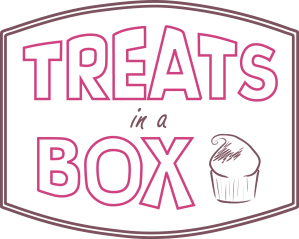My ultimate goal for my thesis project is “to develop a set of design goals for a bakery website, and evaluate the extent to which WordPress allows me to match design goals to implementation.”
The subgoals are as follows:
◊ Can WordPress be customized via html?
This can be determined by whether or not I can implement the design requested by the client. This includes a slideshow, a particular typeface, a crisp clean background, a mailing list, and additional pages.
◊ Will Search Engine Optimization of client website dramatically increase site visits?
This can be tracked using WordPress’ site views per hour, or through viewing site stats.
◊ Will Search Engine Optimization dramatically increase sales?
This can be proven by asking client for sales figures once new website goes live.
◊ Can marketing via social media increase sales?
Can be answered in the affirmative if sales increase, as well as likes/followers on Facebook, Instagram and Twitter. Posts to these sites should be regularly scheduled, at least once per week.
Ultimately, the website will help the client meet her goals of increasing sales and her web presence, and eventually her hopes of opening a storefront for special events, while increasing production in a bigger kitchen, will be realized.



